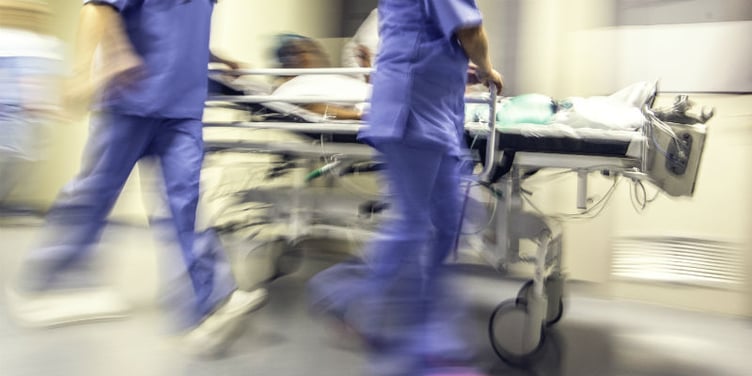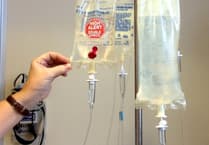Chronic staff shortages mean individual nurses are often caring for 10, 12, 15 or more patients at a time, the Royal College of Nursing (RCN), has said as they call for “urgent investment in the nursing workforce and safety-critical nurse-to-patient ratios enshrined in law.”
The RCN said that data from its Last Shift Survey of more than 11,000 members reveals just a third of shifts had enough registered nurses.
“Chronic staff shortages mean individual nurses are often caring for 10, 12, 15 or more patients at a time,” the RCN said.
“We’re now calling for safety-critical limits on the maximum number of patients a single nurse can be responsible for.
“Our survey found that one in three hospital shifts were missing at least a quarter of the registered nurses they needed, while in the community almost four in 10 shifts were missing up to half of the planned number of registered nurses.
“In A&E settings, significant numbers of nurses reported having more than 51 patients to care for.
“In outpatients, caseloads of more than 51 patients were consistently reported.
“Across all settings, 80 per cent of respondents said there aren't sufficient nurses to meet the needs of patients safely.”
RCN Acting General Secretary and Chief Executive Professor Nicola Ranger said: “Without safety-critical limits on the maximum number of patients they can care for, nurses are being made responsible for dozens at a time, often with complex needs.
“It is dangerous to patients and demoralising for nursing staff.
“When patients can’t access safe care in the community, conditions worsen, and they end up in hospital where workforce shortages are just as severe. This vicious cycle fails staff and patients – it can’t go on.
“We desperately need urgent investment in the nursing workforce but also to see safety-critical nurse-to-patient ratios enshrined in law.
“That is how we improve care and stop patients coming to harm.”
Sam Rowlands MS, Welsh Conservative Shadow Health Minister said: “We have a staffing crisis in the Welsh NHS, minimum staffing levels need to be met or there is a serious risk to patient safety.”





Comments
This article has no comments yet. Be the first to leave a comment.